Why is concussion a serious issue?
Media reports have raised awareness of key issues such as the higher risk of concussion in female youth footballers, the need for more effective concussion guidelines, and the link between heading the ball and degenerative brain disease. The latter has been in the media spotlight with the emotive stories of former England players Nobby Stiles and Jeff Astle, who died from a type of degenerative dementia known as Chronic Traumatic Encephalopathy (CTE), and Jack Charlton who died with dementia. This was believed to be caused by repeated impacts to the head when heading the ball during their careers. Consequently, there are serious concerns over the risk of concussion, the impact on players’ health, and the management of concussion at all ages and levels of football. So, what is being done to manage the risk of concussion in football and is it enough?
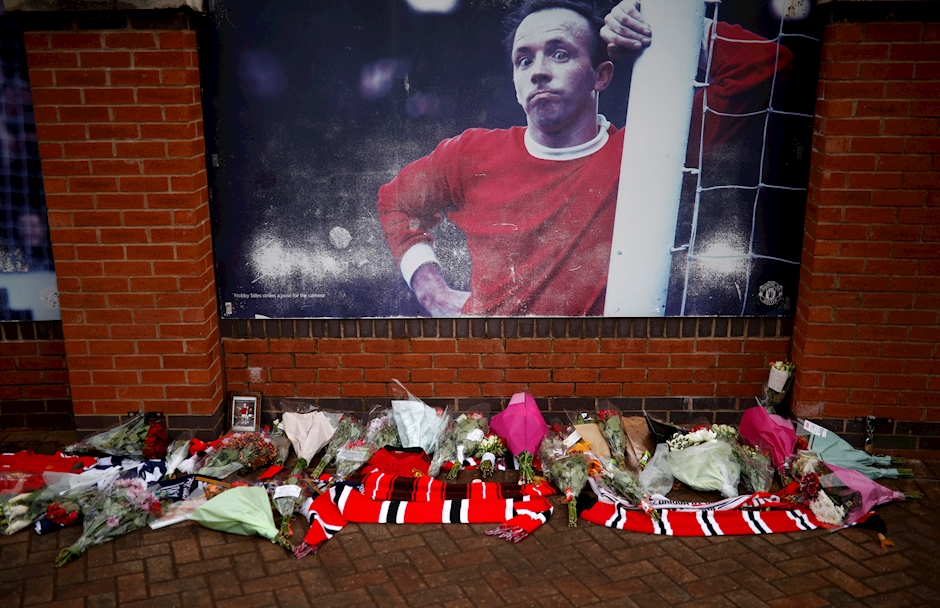 Tributes outside Old Trafford for former Manchester United player, Nobby Stiles.
Tributes outside Old Trafford for former Manchester United player, Nobby Stiles.
The Concussion in Sport Group
In 2016, a panel of concussion experts (Concussion in Sport Group) reviewed the existing knowledge about concussion. The Concussion in Sport Group (CISG) defined sport-related concussion (SRC) as a traumatic brain injury induced by biomechanical forces. This is usually due to a direct blow to the head, face, neck or elsewhere on the body with a force transmitted to the head. This can occur in football when heading the ball and during collisions with other players, with head-to-head impact being the most common mechanism of injury. SRC has a rapid onset, may or may not involve loss of consciousness and results in a functional disturbance to the brain rather than structural injury. The CISG developed a consensus statement to guide practice for healthcare professionals at all levels of sport. This includes SRC management guidance for side-line evaluation, player removal and neuropsychological assessment, rest and rehabilitation, graduated return to sport, and risk prevention.
SRC Guidelines: if in doubt sit them out
The CISG guidance has been used by the governing bodies of sport, such as the Football Association (FA), to produce their own SRC guidelines: If in doubt sit them out. The Union of European Football Associations (UEFA) has also recently promoted its own concussion awareness campaign and guidance. It could therefore be argued that comprehensive guidelines backed by academic research are in place. However, there are serious concerns about how effectively the protocols are being followed in practice. It was reported by the media that during a Premier League match, Arsenal defender David Luiz played on until half time despite sustaining a head injury following a traumatic head clash with Wolves striker Raul Jimenez. This calls into question whether the protocols are working and suggests that team management and tactical decisions might be taking priority over the health of players.
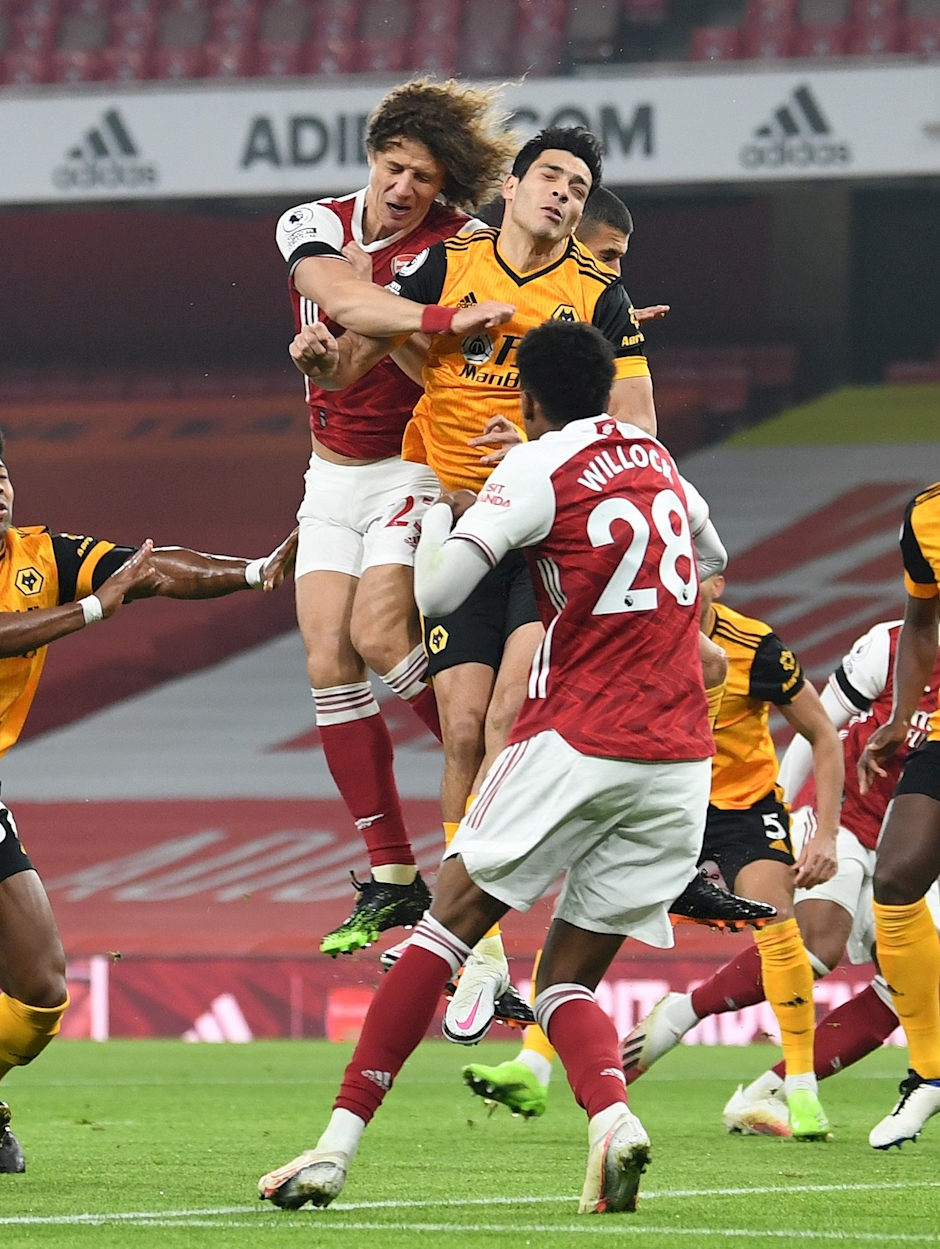 David Luiz and Raul Jimenez - Jimenez was stretchered off following a clash of heads with Arsenal defender Luiz.
David Luiz and Raul Jimenez - Jimenez was stretchered off following a clash of heads with Arsenal defender Luiz.
Trials for concussion substitutes
In 2020, The International Football Association Board (IFAB), the lawmakers of the game, agreed that trials could go ahead to use additional permanent concussion substitutes (APCS). This supposedly allows a team to permanently substitute a concussed player so that they can be removed from play, preventing a possible repeated concussion and reducing pressure on the doctor to make a rapid assessment. The FA started to trial concussion substitutes early this year within the Premier League, Women’s Super League and the FA Cup. UEFA has also responded by planning to trial concussion substitutes at the 2021 UEFA European Under-21 Championship finals in Hungary and Slovenia. Similarly, FIFA is planning to trial concussion substitutes at the World Cup Qatar 2022. However, the media reported an early failure of the trials during an FA Cup match in which West Ham’s Issa Diop clashed heads with Manchester United’s Anthony Martial. Diop was assessed for concussion in just two minutes and was allowed to play on until he was later substituted at half time.
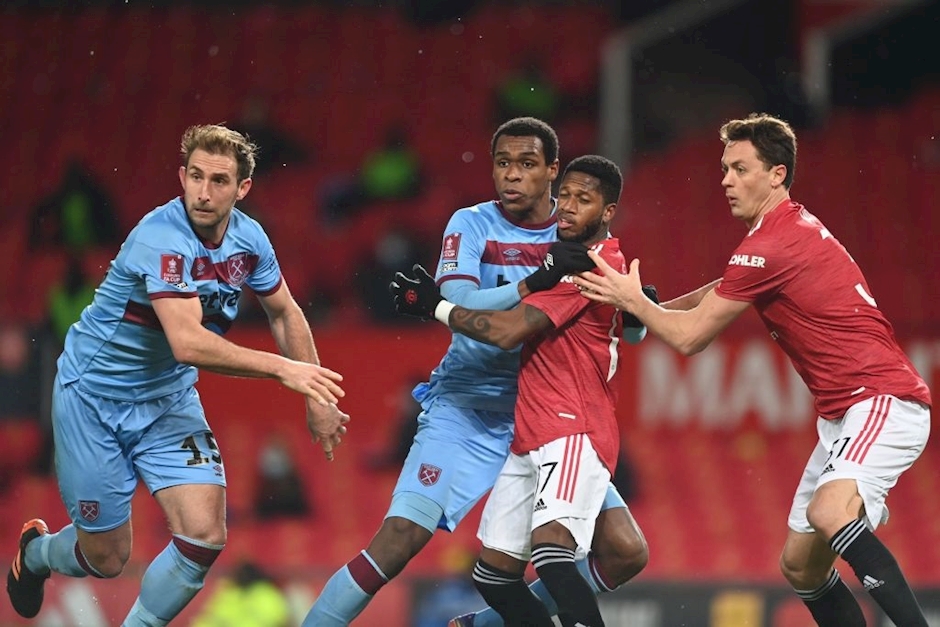 From Left to Right: Craig Dawson and Issa Diop of West Ham and Fred and Nemanja Matic of Manchester United in the match in which Diop clashed heads with Anthony Martial.
From Left to Right: Craig Dawson and Issa Diop of West Ham and Fred and Nemanja Matic of Manchester United in the match in which Diop clashed heads with Anthony Martial.
The head injury charity Headway has condemned the use of permanent substitutes because the doctor is still under huge pressure to make a rapid concussion assessment and critical decision to remove a player from the game. Headway has suggested that the use of temporary substitutes and a longer assessment time, such as the 12 minutes allowed for the Head Injury Assessment (HIA) in rugby, would enable a team doctor to make a better decision and protect the welfare of the players. It should also be noted that concussion substitutes are currently only ‘trials’, which may be a case of too little too late. It will be interesting to see how successful these trials are in the upcoming competitions and how concussion substitutions might be rolled out across the sport in the future.
A change to the heading guidance
The stories of former players, such as Nobby Stiles and Jeff Astle, highlight the risk of repeatedly heading the ball throughout a career and the possible link to CTE. Research has found that players head the ball an average of 6 to 12 times per game which adds up to numerous head impacts over a career. It has also shown that mortality from neurodegenerative disease is higher in former soccer players than the general population. Consequently, some head injury experts have called for a complete ban on heading in football. However, football organisations and enthusiasts argue that this would remove a fundamental part of the ‘beautiful game’. The issue raises serious concerns for our youth players and their long-term health. In particular, female youth players have been found to have nearly double the risk of SRC. Following a recent field study, the Football Association has announced new heading guidance for youth training (under 18s) but only at grassroots level. This includes no heading during training for primary school children, a graduated approach to heading training for older children, and specified ball sizes for training and matches. This goes part of the way to reducing the risk but heading is still allowed in competitive matches where repeated blows to the head can still occur.
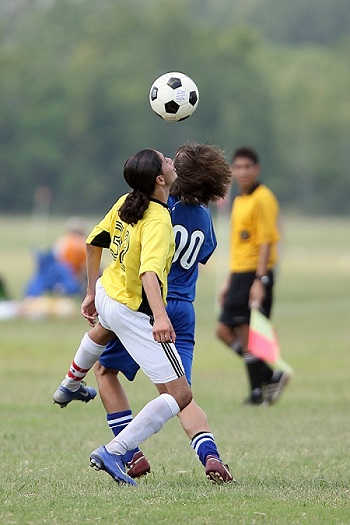
Arguably, football may be behind other sports in its approach to managing SRC but there are some signs of change in the right direction. Football could learn important lessons from the improvements made in other sports such as rugby. For example, the doctors are allowed a longer concussion assessment time, there are temporary substitutions, and the Rugby Football Union (RFU) has a comprehensive educational concussion awareness programme called HEADCASE. Perhaps football does need to raise its game, sooner rather than later.
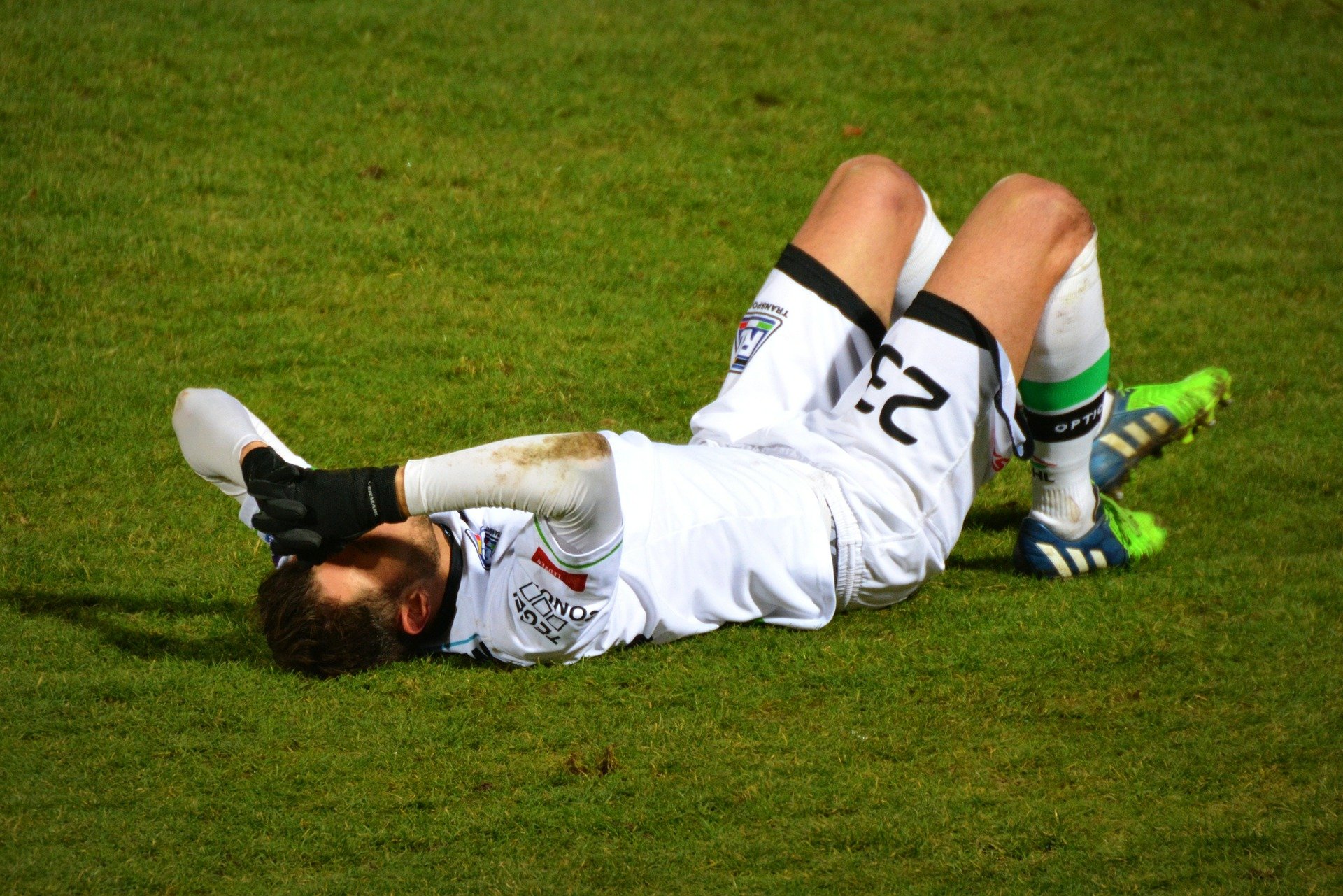
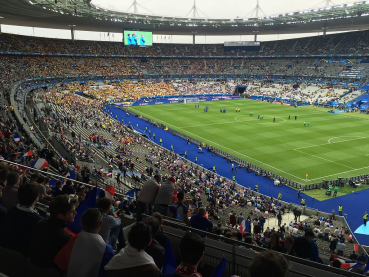

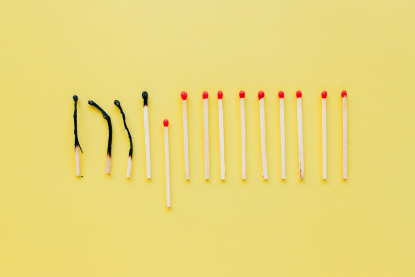

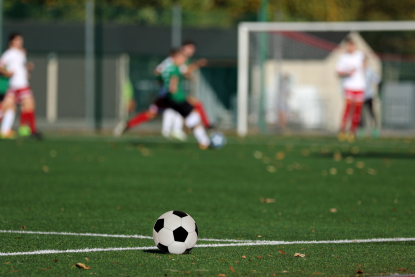
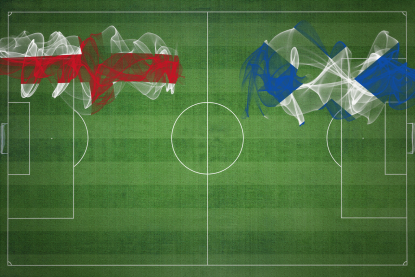
Rate and Review
Rate this article
Review this article
Log into OpenLearn to leave reviews and join in the conversation.
Article reviews